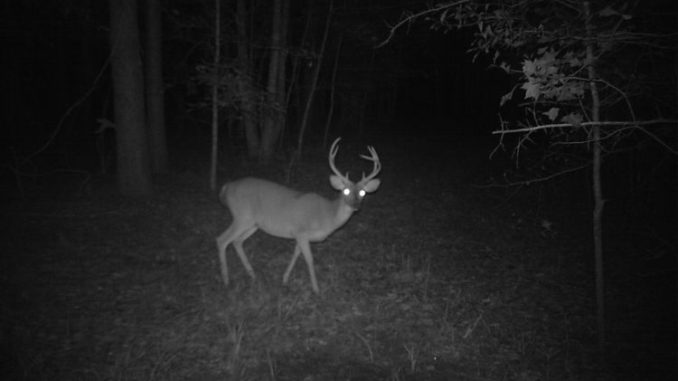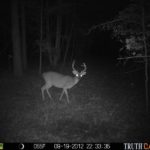
Changes to antlerless bag limits in Mississippi are in effect
Well, we survived another Deep South summer, although this one seemed to be more wet at times than hot. My hope is that, in spite of the heat and humidity, you have long since been visiting your hunting properties mowing, spraying, repairing and building stands, supplemental feeding, and working trail cameras. If not, you are late and already running behind, and it is time to get the lead out.
Successful deer hunting is like so many other things in life; Lady Luck always seems to be looking over the shoulder of ones who are the most prepared. As the old adage goes, luck usually occurs where preparation meets opportunity.
With deer season finally here, let’s begin by examining some changes regarding Mississippi’s antlerless bag limits. Over the past two or three years, a fair number of deer hunters have reported seeing fewer deer overall. Not every hunter agreed with this assessment, but the reports were plentiful and wide-ranging across the state. The Mississippi Department of Wildlife, Fisheries and Parks studied the situation and decided that a decrease in the harvest of antlerless deer was warranted.
In four of the five Mississippi deer zones — Delta, Northeast, East Central and Southwest — the season bag limit for antlerless deer was reduced from five to three. You can take only one antlerless deer in any single day. In the Southeast Zone, hunters are limited to two antlerless deer per season.
You can take two antlerless deer in the Southeast zone and one in one of the other four zones, but you can’t exceed a total of three.
If you hunt on open public lands, which includes Wildlife Management Areas, national forests or anywhere else that might have more restrictive rules and bag limits than the overall statewide rules, do your homework and closely check the particular rules that apply where you hunt.
The next order of business involves bucks and what constitutes a legal buck by MDWFP definition. Mississippi breaks it down to two visual criteria in particular zones: inside spread and main-beam length; at least one of these criteria must be met or exceeded for a buck to be considered legal. The minimum inside spread for a buck to qualify as legal in the Delta zone is 12 inches. In the other four zones, it’s 10 inches.
When a buck is facing the hunter and its ears are in the alert position, the distance from ear tip to ear tip measures approximately 14 inches. Look carefully, because if the outside of each antler beam is an inch inside the ear tip, the inside spread is approximately 10 inches and the buck considered legal in four zones. In the Delta zone, when a buck is facing the hunter and its ears are in the alert position, if the outside of each antler beam reaches the ear tip, the inside spread is approximately 12 inches, and the buck is legal.
Main-beam length is best estimated when a buck is broadside, at a right angle to the hunter. The minimum beam length for a buck to qualify as legal in the Delta zone is 15 inches and 13 inches in the other four zones. If the tip of the beam extends to between the front of the eye and the tip of the nose, the main beam is approximately 15 inches long. If the tip of the main beam extends to the front of the eye, main beam is approximately 13 inches long.

